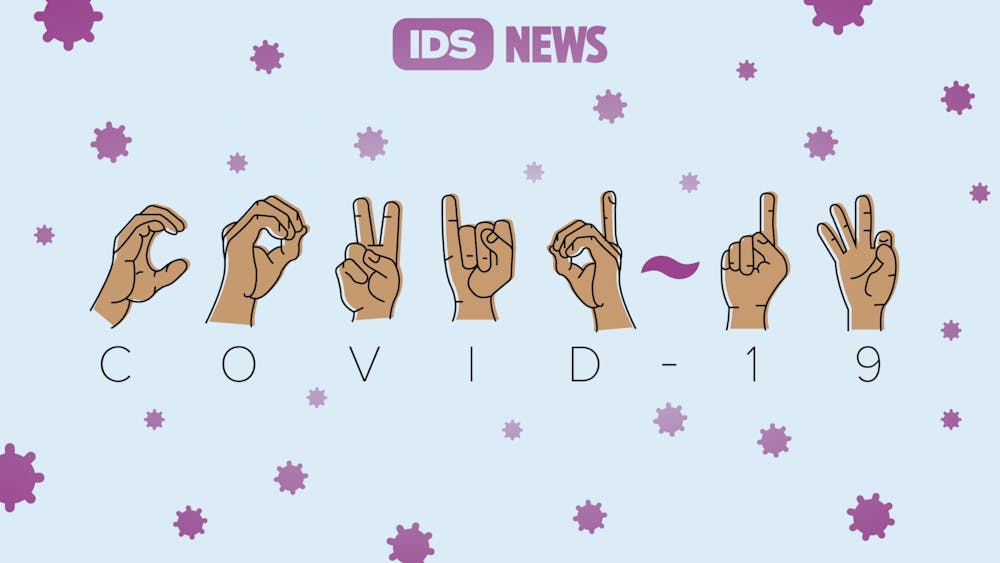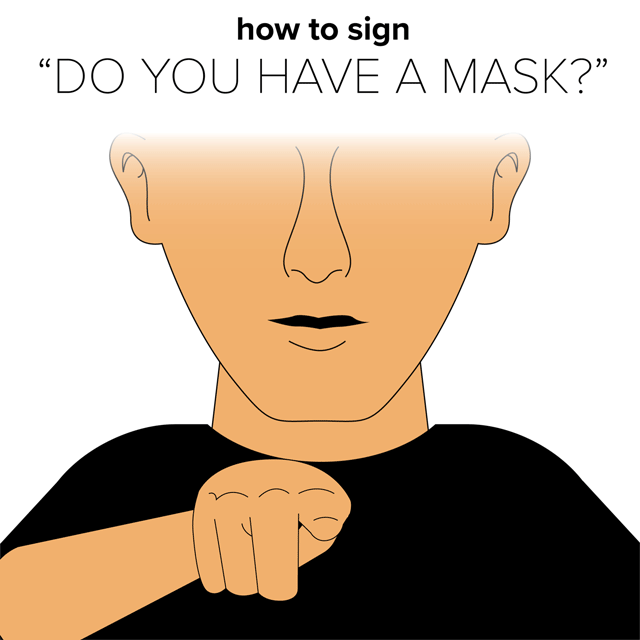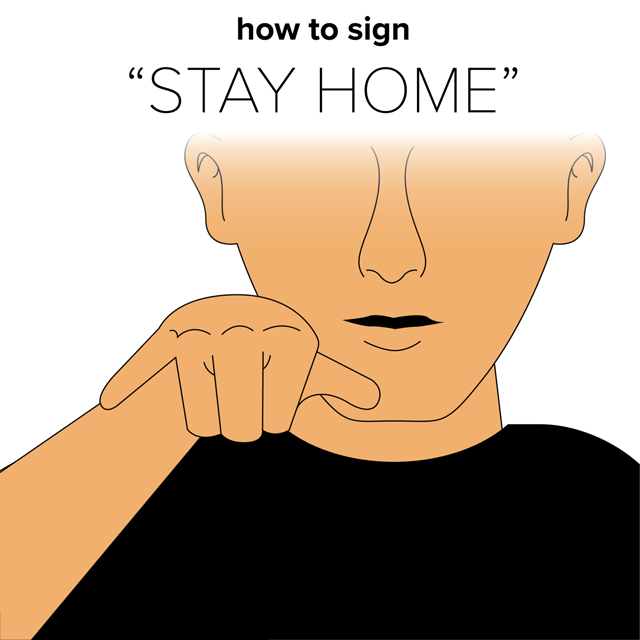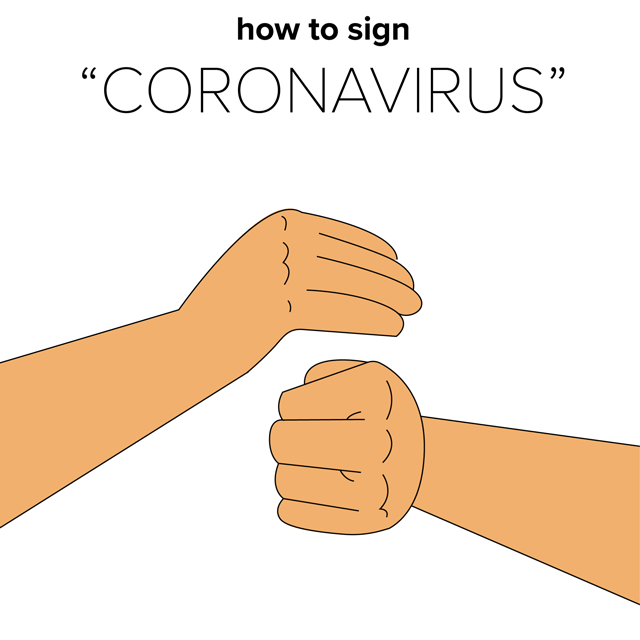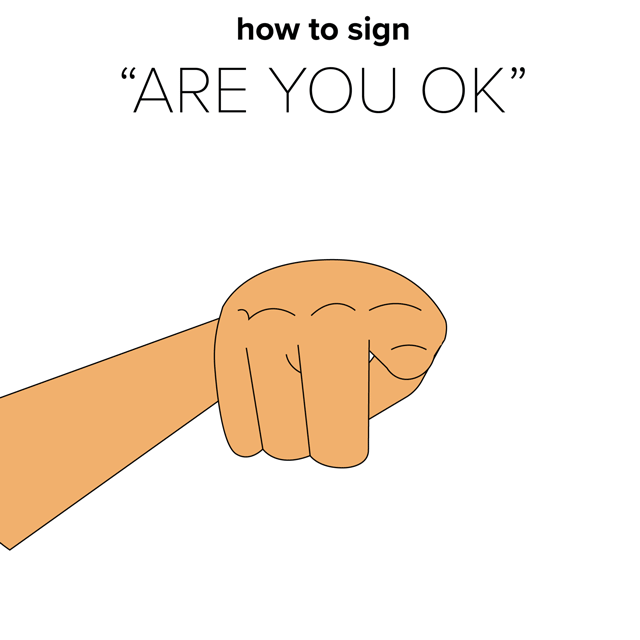The new normal of wearing masks in public and social distancing may be an annoyance for some but has become a hindrance of communication for the deaf community.
In a language in which the difference between the signs for the words “Saturday” and “hold” relies on facial expressions, ASL lecturer Heath Goodall said the face masks make communicating much more difficult.
“I'm not crazy about the use of masks myself because we are so dependent on facial expressions,” Goodall said. “To be able to communicate using a visual language is so tough with the masks on.”
ASL interpreters have been a noticeable presence at televised press briefings during the pandemic, which Joe Murray, an IU ASL clinical associate professor and ASL program coordinator, thinks is good for both deaf and hearing people.
Murray said having interpreters present in news conferences not only allows for hearing people to be exposed to the deaf community and culture, but also allows deaf people to be exposed to information in their native language and the emotion of the person speaking.
“With the interpreter, you catch that through the facial and body language. People use their voice with the tones, which we can't hear,” said Murray. “That can tell us a thousand words.”
ASL instructor Rob Loveless said that captions cannot always be relied on and often have mistakes. He said one of his students wrote a paper about the challenges the deaf community has had during the coronavirus. One of her vital points was the need for qualified interpreters to convey the necessary medical information. The student noted how TV captions for a recent news conference said people must stay at home except for “sexual trips,” instead of essential trips.”
“Those who are natural users of American Sign Language and they depend on ASL to communicate, they may not have a complete grasp of English since it's their second language,” Loveless said.
ASL lecturer Lora Jill Lestina said she constantly notices mistakes within captions because they are automated. She said when a human is interpreting, information is communicated much more efficiently and accurately.
Loveless also spoke about translation issues possibly taking place within hospitals. He said bringing interpreters into those hospital settings can be difficult currently as it puts another person at risk of infection.
Hospitals will often pay for a video remote interpreting service, but it's not the same as having a live interpreter. Loveless, who is deaf, said when he was hospitalized about a year ago, it was difficult to rely on the interpreting service.
Besides the common misconception that captions are sufficient for deaf people to understand televised programming, there is also a misconception that all deaf people can read lips, Loveless said. He said the best professional lip readers can accurately read only about 30% of what a person is saying. Loveless said a deaf person could possibly interpret varying degrees below that amount.
Murray said he also sees the coronavirus as a bridge between the hearing and the deaf because hearing people are now using some of the same technologies to communicate that the deaf community have used for a while. This includes Zoom, FaceTime and Glide, a video messaging app.
“Hearing people never really used it as much as we did until the coronavirus,” Murray said. “Now they're using it more, where we're already advanced.”
Lestina, who is deaf, said one of the best way for hearing people to communicate with deaf people, besides ASL, is the app Live Transcribe, which transcribes live speech. The app also includes if there is background noises, such as birds chirping or laughter.
She said the ASL faculty team has discussed whether or not they will have class online or in-person if IU resumes in-person classes. If students have to wear a mask while in class, it would hinder the students and instructors from seeing mouth movements necessary to communicate clearly. Lestina said it's difficult to see when people are speaking to her as she can only see the slight movement of the mask.
“We're losing the grammar of the language," Lestina said. "It's a visual language.”
Goodall's, Lestina's and Loveless’s interviews were each interpreted by IU ASL interpreter Pam Richards. Murray’s interview was interpreted by an interpreter from Sorenson Communications.

